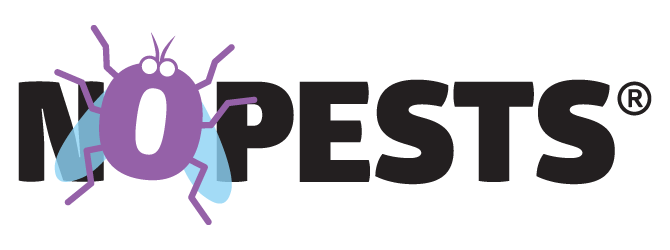Mega Mast Year 2019
With the cooler days of winter set in, rodents are coming out to feed on seeds and berries lying on the ground, especially in rural areas. The topic of the Mega Mast is in mainstream media at the moment, abundant flowering of native tree species has produced large quantities of seed and fruit that drop to the ground and are gobbled up by rats and mice. Rats and mice, in turn, are prey to a rapidly breeding crop of predators such as stoats, ferrets, weasels and feral cats which also feed on our native species. When scientists say it will be a Mast Year, their past research has shown that this is always accompanied by a much higher than normal Rodent population. Over the winter, Rodents look for warm dry places to build nests and that warm, dry place may well be in your home or shed.
Rodents can cause major problems in your home, along with the unpleasant effects like having droppings left in your house or the stench of a rodent that has died in your roof cavity there are many more serious and costly effects. Rats can sniff out moisture or a food source from a mile away and they will take all means possible to access it. This means scratching and chewing their way through all sorts of materials including water tanks, wall boards and wires. Rodents can also transmit disease to humans and cause allergies in the home in a similar way to mold and dust.
How to Control Rodents:
An effective rodent control plan consists of a multi-pronged approach, using a combination of bait within bait stations, traps to target rodents and extra measures to stop rodents getting inside.
- Firstly, inspect areas around your home for possible entry and exit points and seal these entry and exit points with objects like a piece of wood or for small gaps use Mouse Shield®.
Mouse Shield® can be found at your local NoPests® retailer, it is a product specifically designed to fill gaps and cracks that rats and mice can sneak through inside your garage, attic, crawl space, basement, under sinks, around pipe/electrical penetrations or any other areas where pests, insects or drafts can enter your home and living spaces. - Where sealing is not possible, place several traps at entry and exit points along wall edges or where rodent activity is witnessed.
Pre-bait traps by putting a bait like peanut butter on the trap and leave unset for 1-2 days. This will fool the pesky rodents into thinking this is a safe food source they can return to and tell all their friends about!
After 1-2 days re-bait and set traps, check, empty and re-bait traps frequently.
Not all Snap Traps are made equal so check out our high-quality Trapper T-Rex & Trapper Mini Rex Traps at your local NoPests® stockist. - For rat control, Place bait in bait stations every 5-15 meters around the boundary of your house or shed section, however increasing placements may be required where larger rat numbers are being experienced.
- The use of rat traps alongside bait stations will increase the effectiveness of your rat control programme.
Baits
When choosing to use rodent bait in or around your property, it’s important that you choose the correct bait for your requirements and use a lockable bait station. There are many different types of baits on the market, however most common are either Single-feed or Multi-feed anticoagulants:
2nd Generation rodenticides or single-feed anticoagulants
Single-feed anticoagulants are best for a persistent or chronic rodent situation as they require only one feeding to acquire a lethal dosage (if enough is ingested). Single feeds are fast acting due to their toxicity however do pose a greater risk to non-target animals that eat poisoned rodents (secondary poisoning).
A rodent will eat far more bait than the lethal dose required to kill it, and if it continues to feed on the single-feed anticoagulant it will contain a significant quantity of toxin in its gut and body tissues which in turn could poison a predator that eats the rodent. Residues of single-feed anticoagulants may remain in liver tissue for many weeks, so a predator that eats several poisoned rodents may acquire a toxic dose if enough poisoned rodents are consumed over time.
Our Single Feed Rodent Bait Products include Contrac.
1st Generation or Multi-feed anticoagulant
In contrast to single-feed baits, multi-feed anticoagulants are slower acting and require several feedings over several days to acquire a lethal dose.
Multi-feed baits are ideal for use in ongoing maintenance situations or in areas of ecological significance such as Native Reserves and are a better choice when non-targets species (like pets) are a concern. These baits pose the least secondary poisoning risks for wild animals, dogs and cats.
Multi-Feed Rodent Bait Products include Ditrac and Pindone.
Bait Stations
After determining what type of bait you need to use, you need to understand how to use the bait safely. This is done by using a bait station to safely house your bait. It’s important to secure all rodent bait within a tamper-proof bait station to ensure the bait cannot be eaten by pets, other non-target animals or accessed by children. Most of our bait stations are made to be used with one of our baits so check the product page for your chosen bait for the link to your required trap.
If you want to talk to someone about your rodent problem and get advice for creating a rodent control plan for your property send us a message here and one of our experts will get in touch with you.
For our range of rodent control products see our Furry Pests Page and use our Stockists Map to find your local NoPests® retailer.
